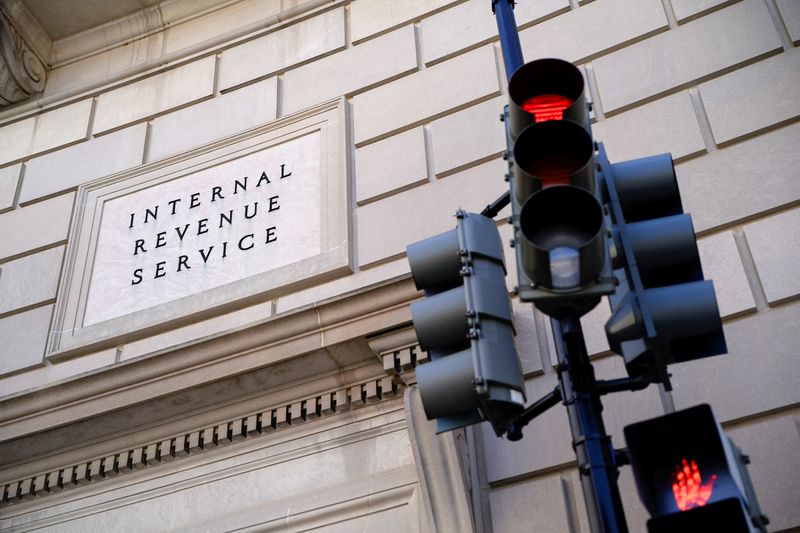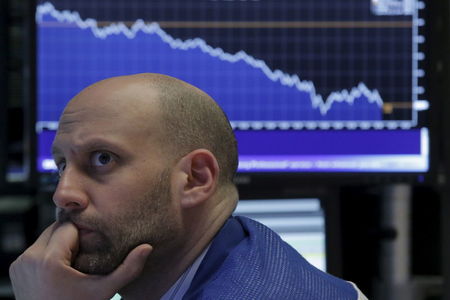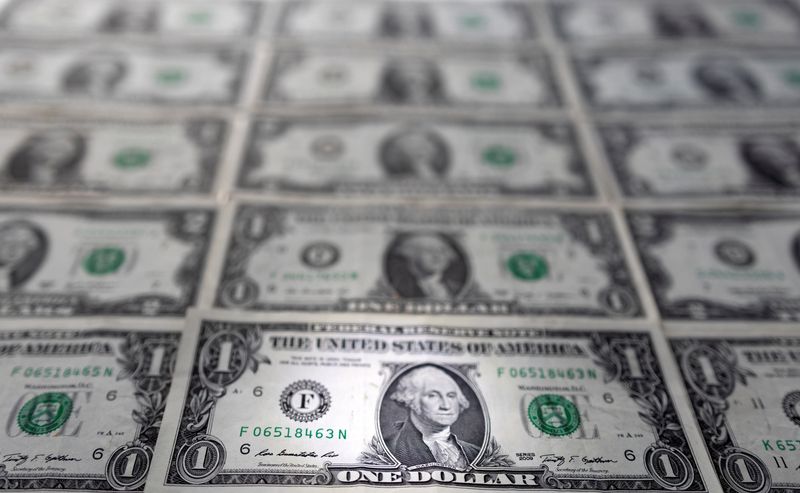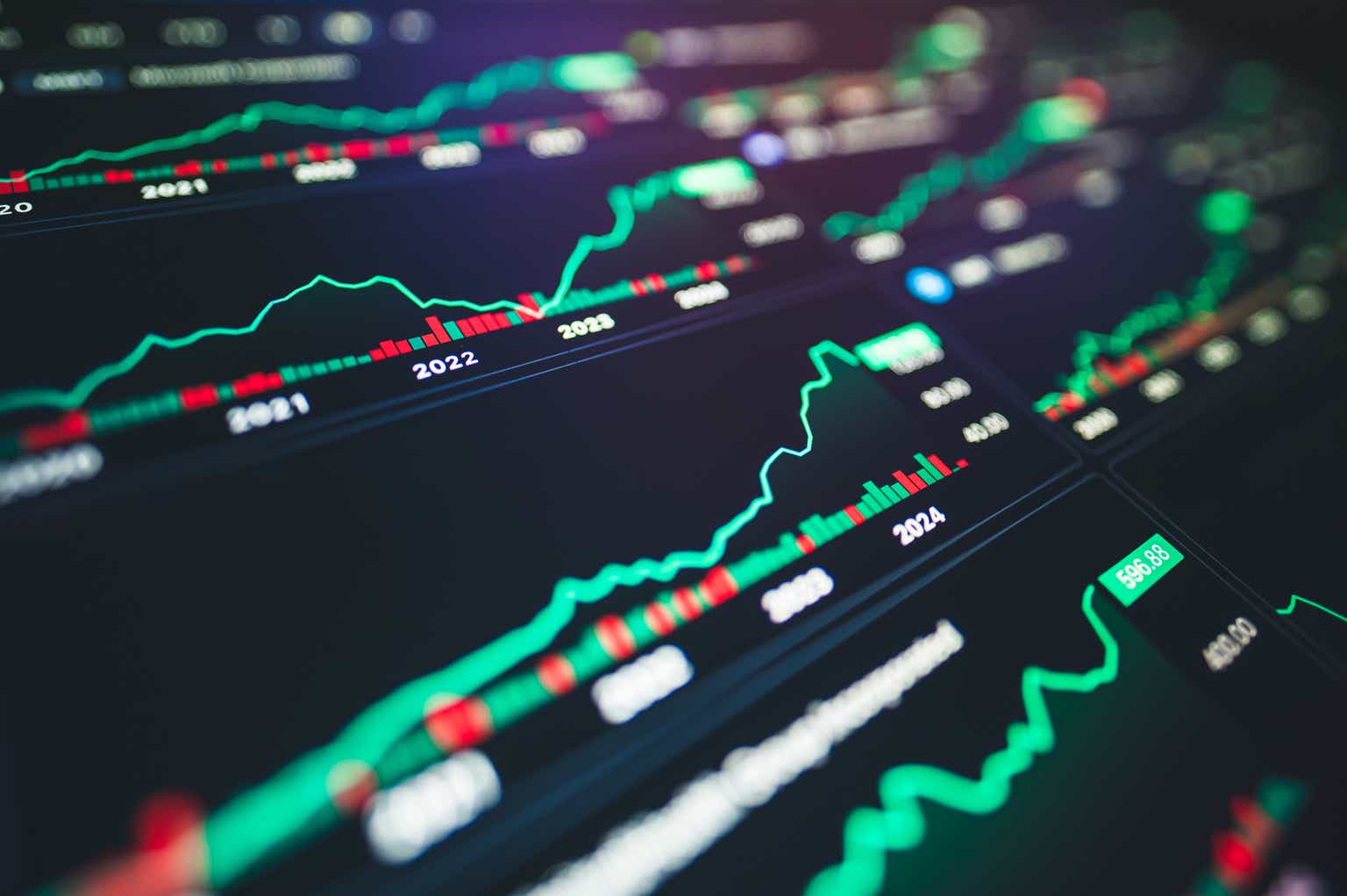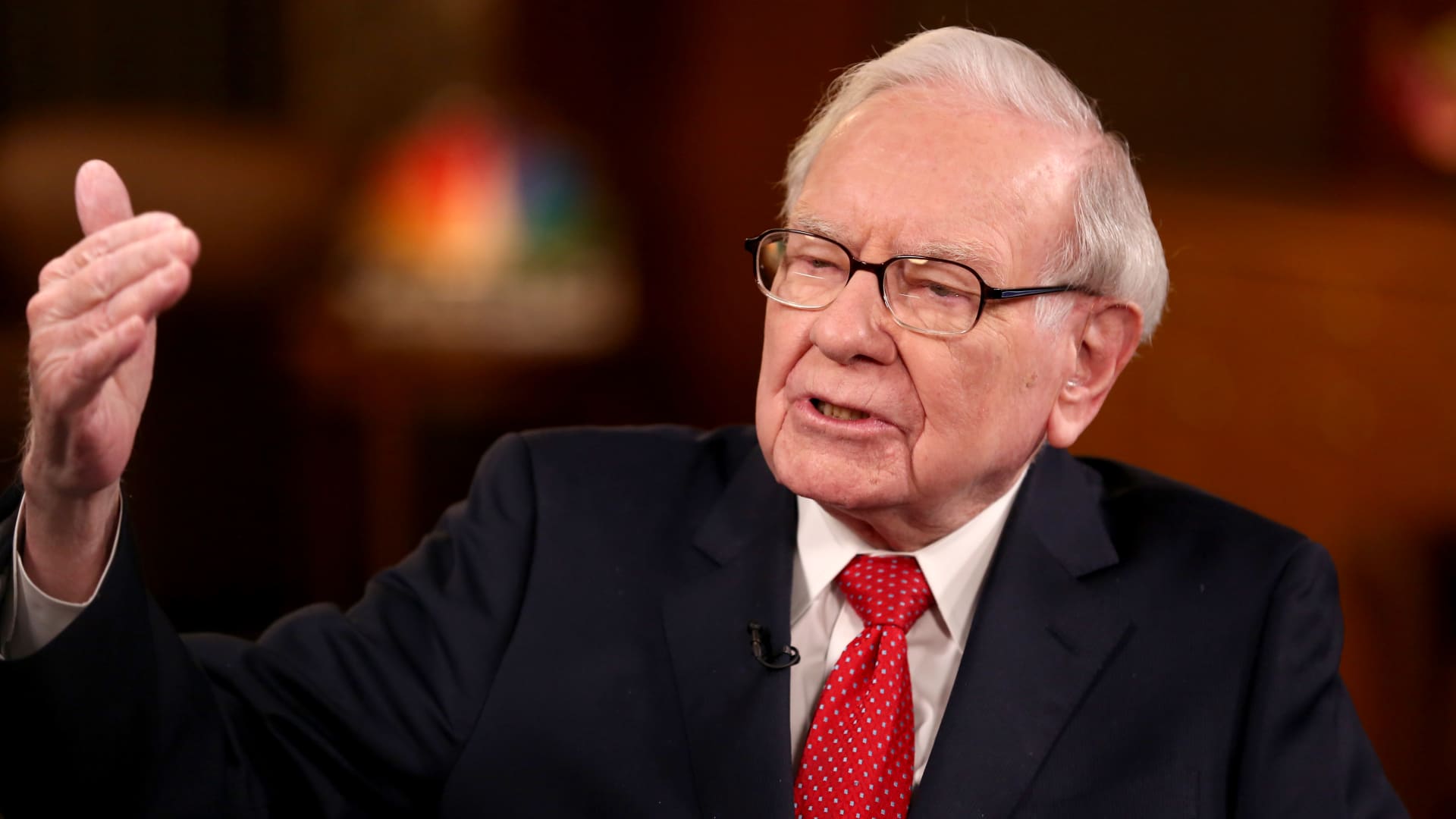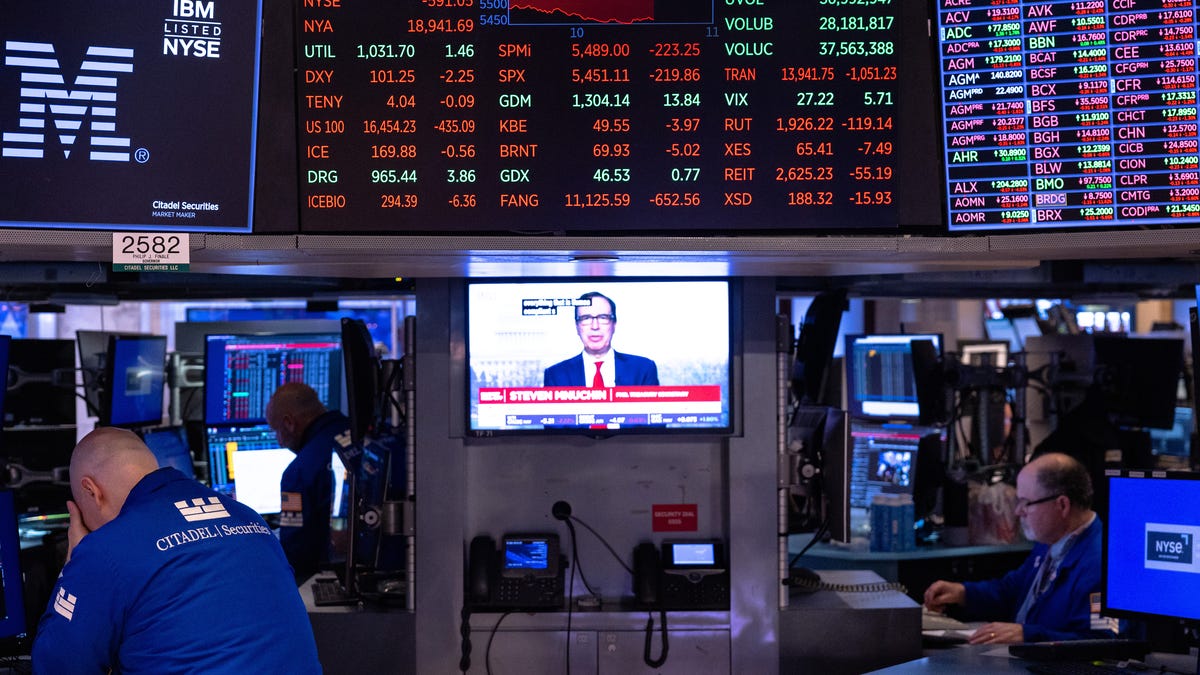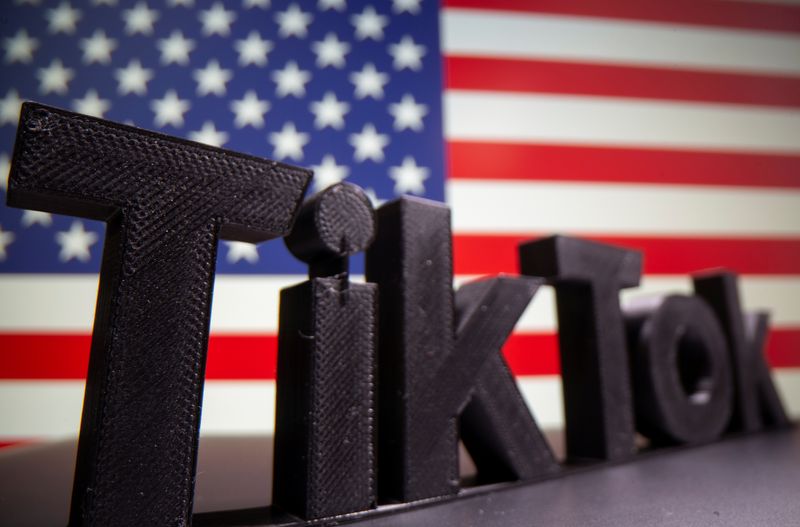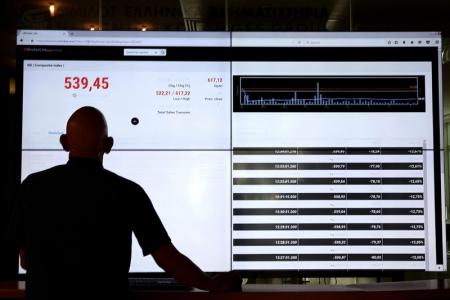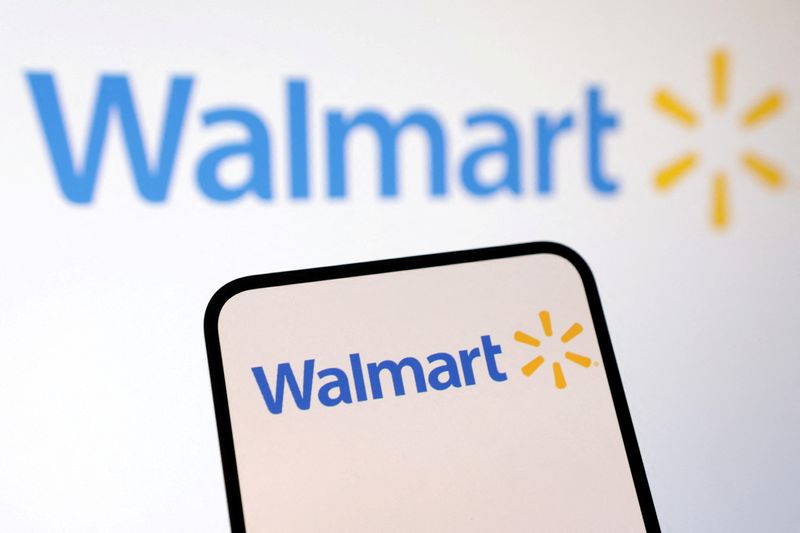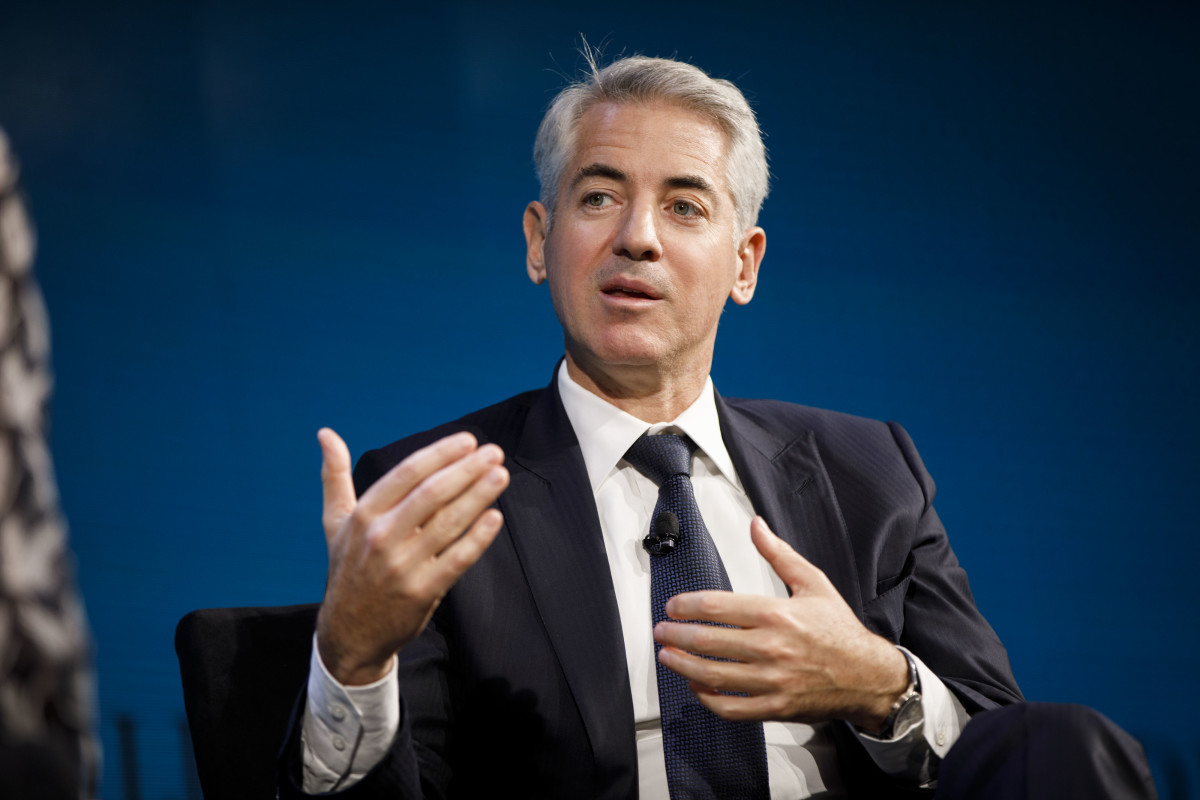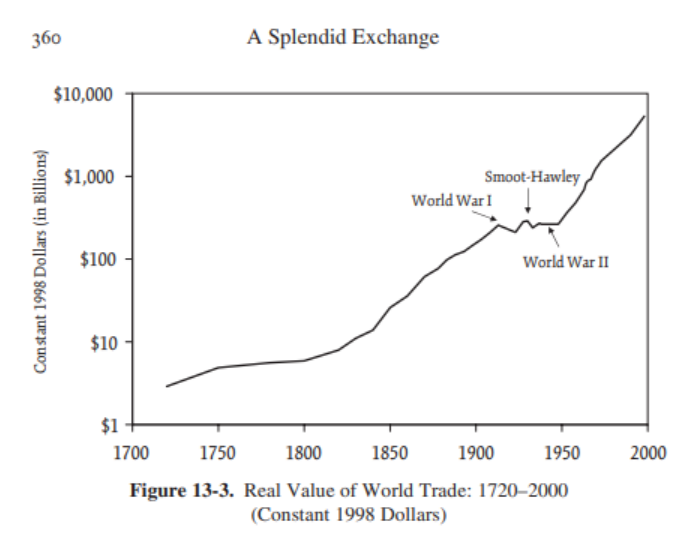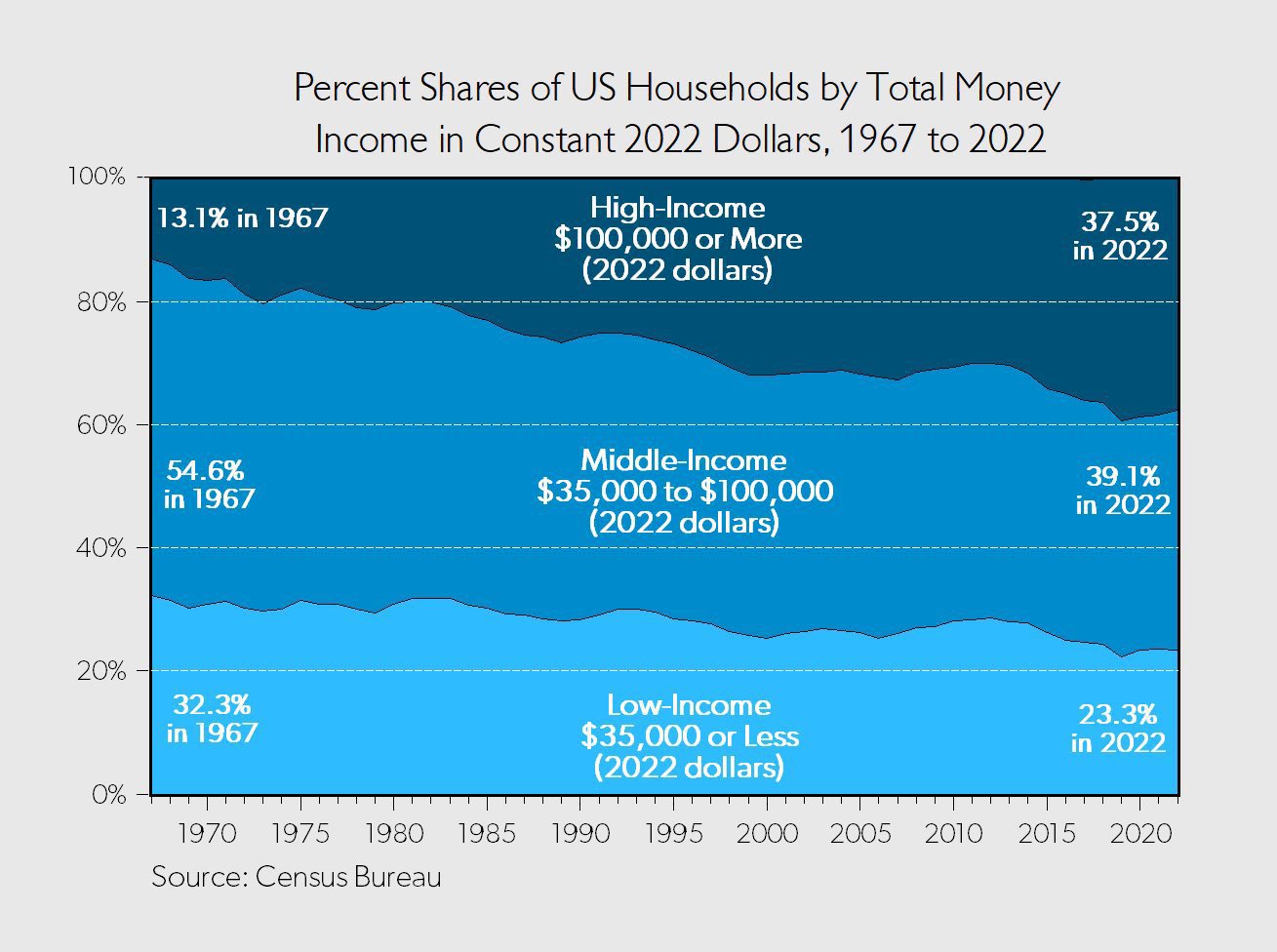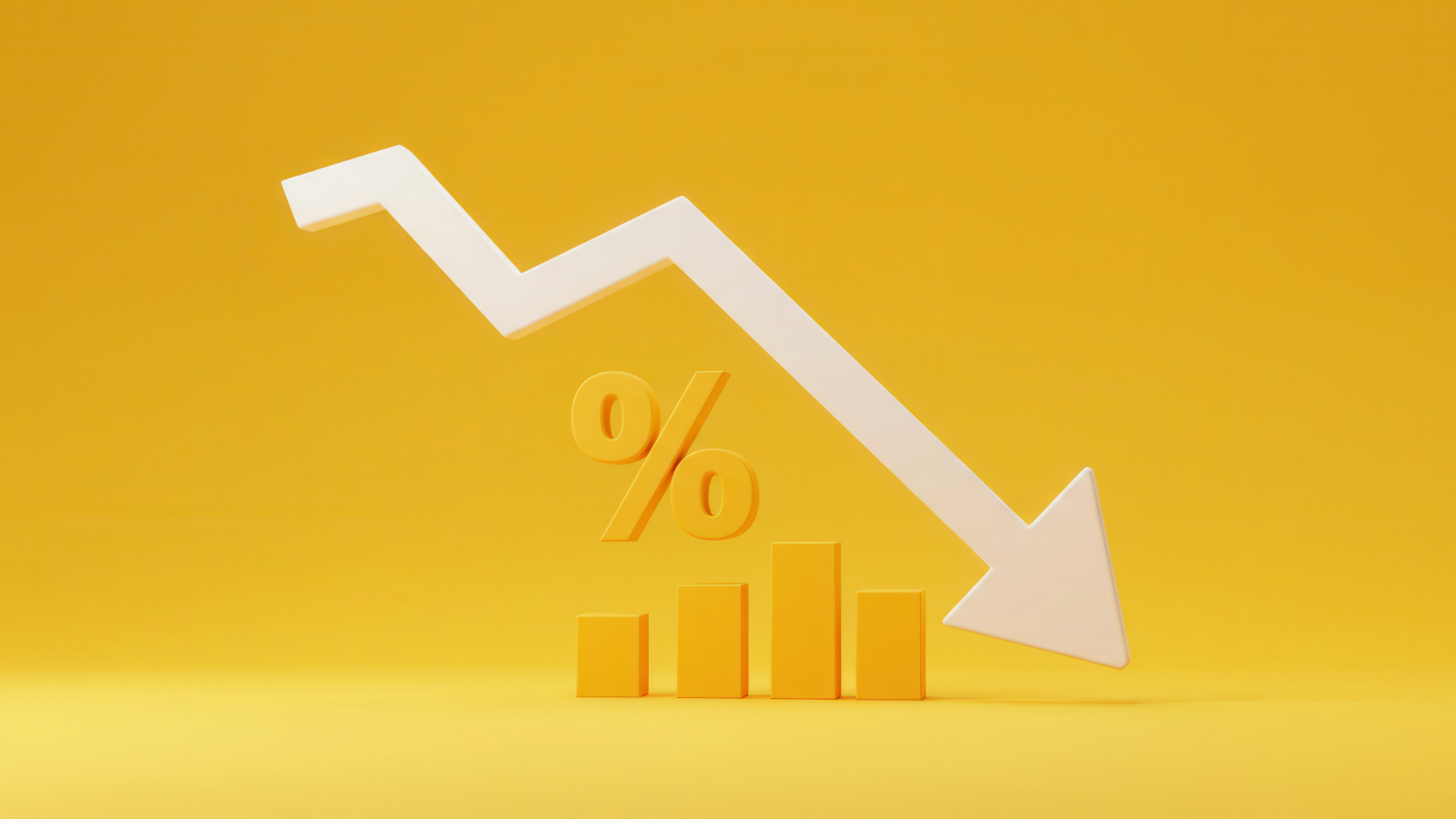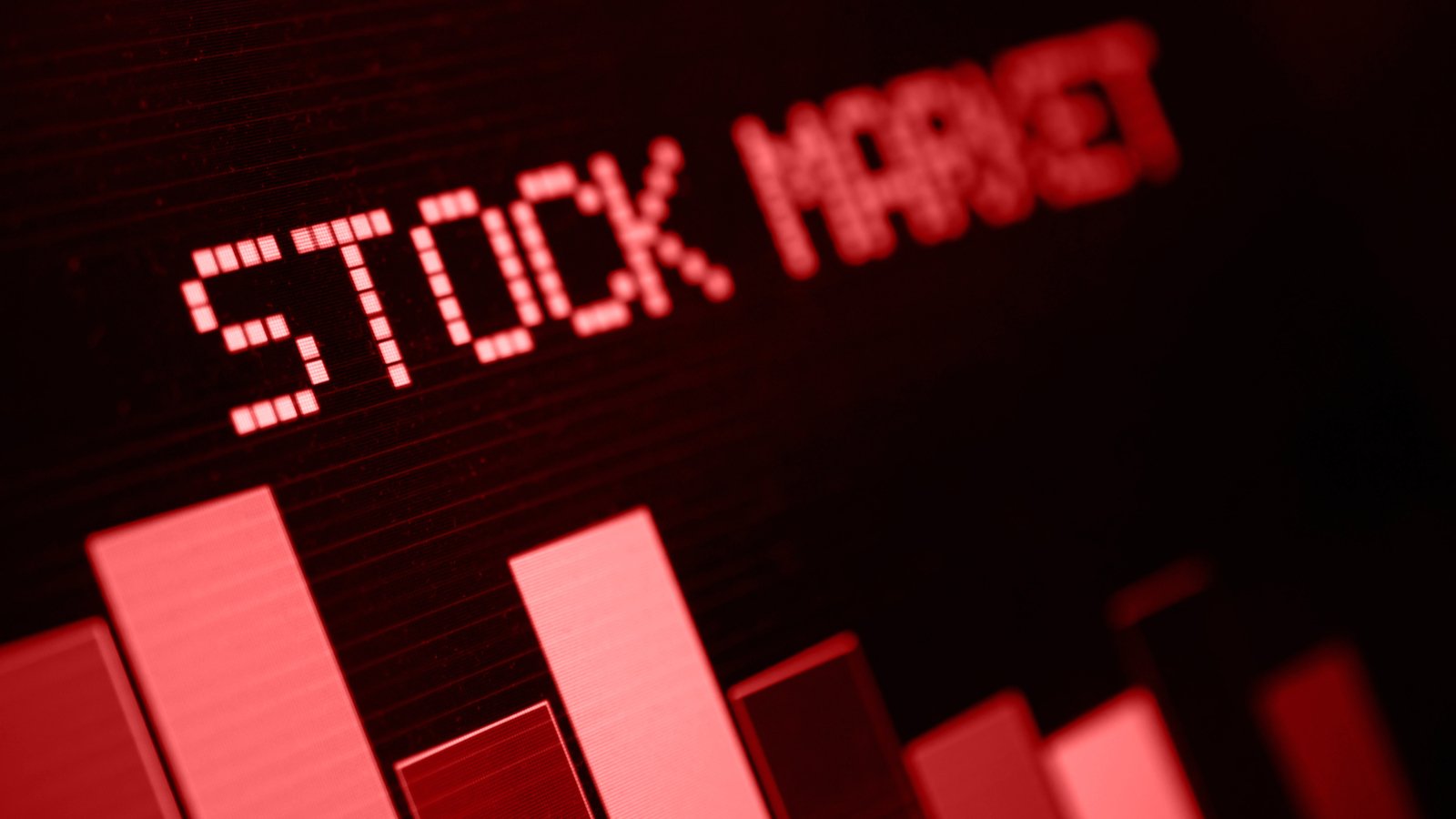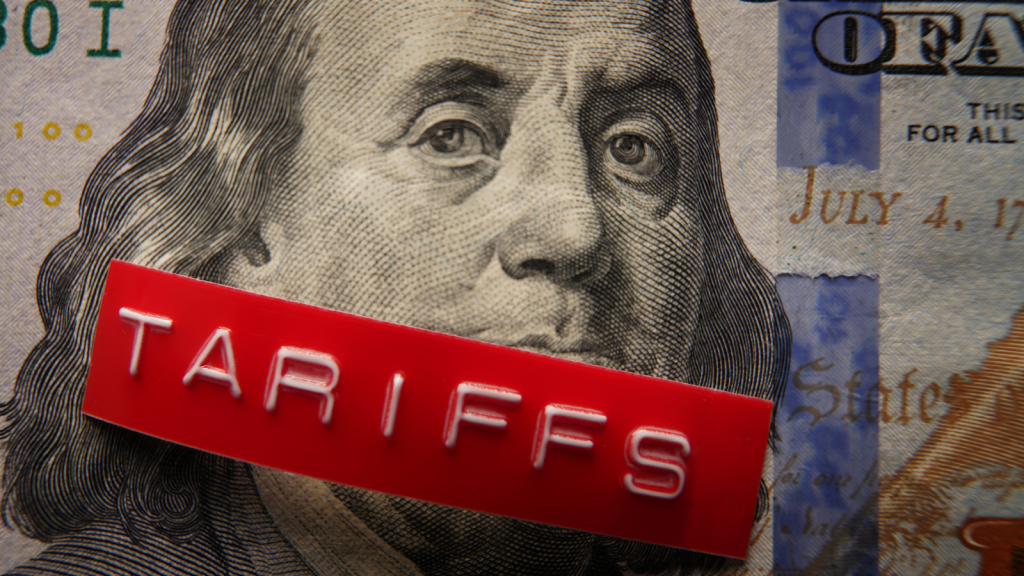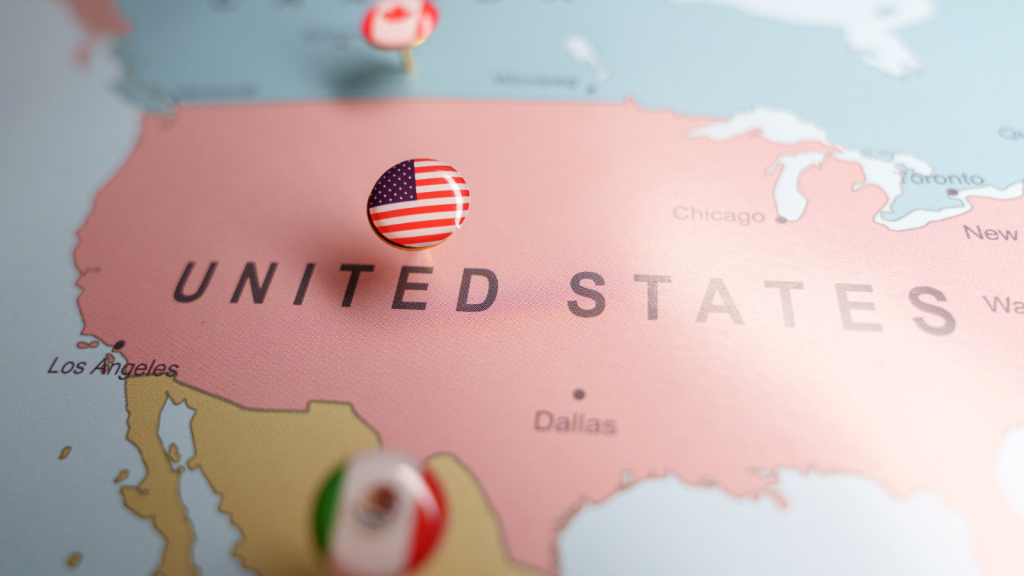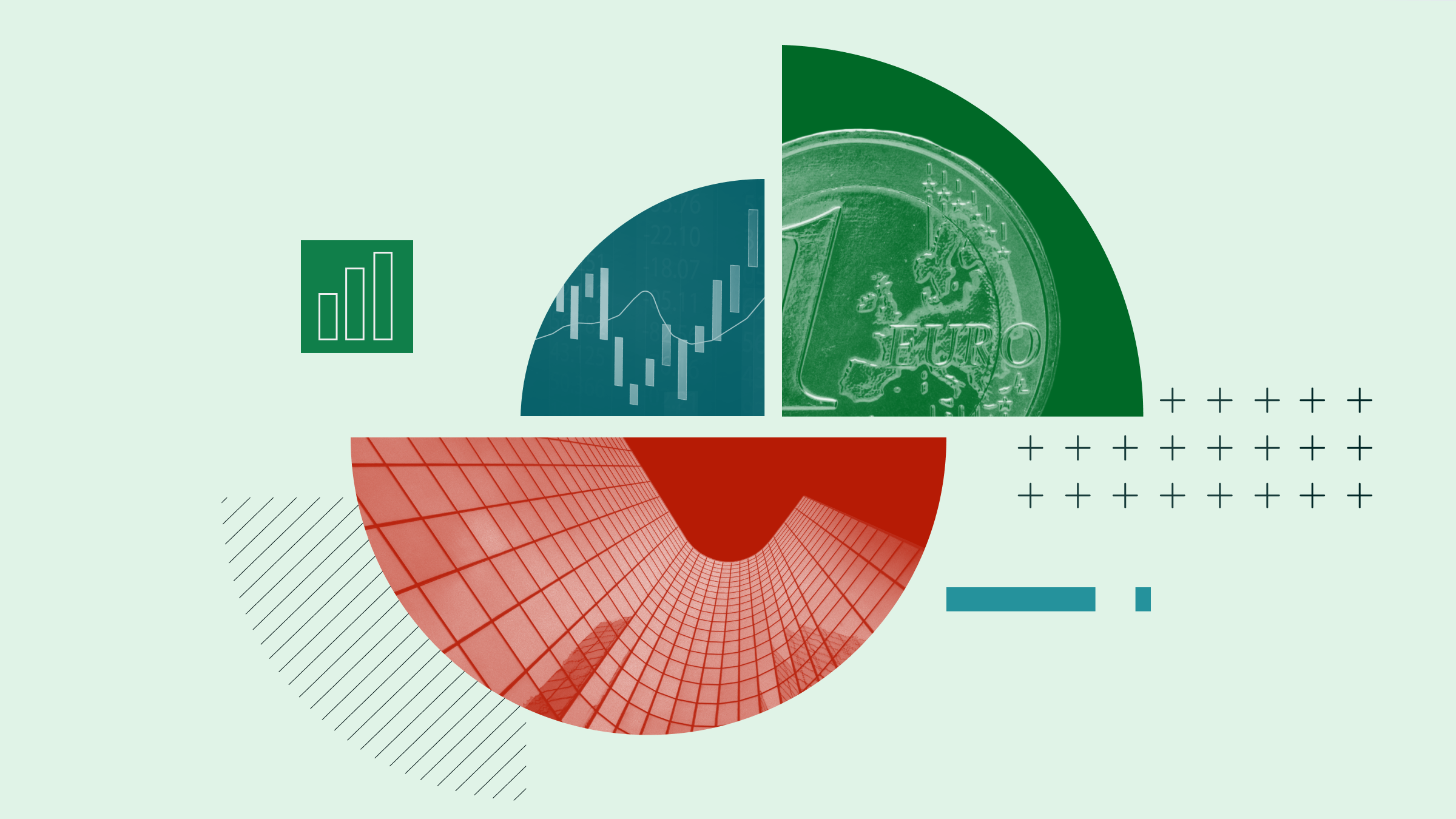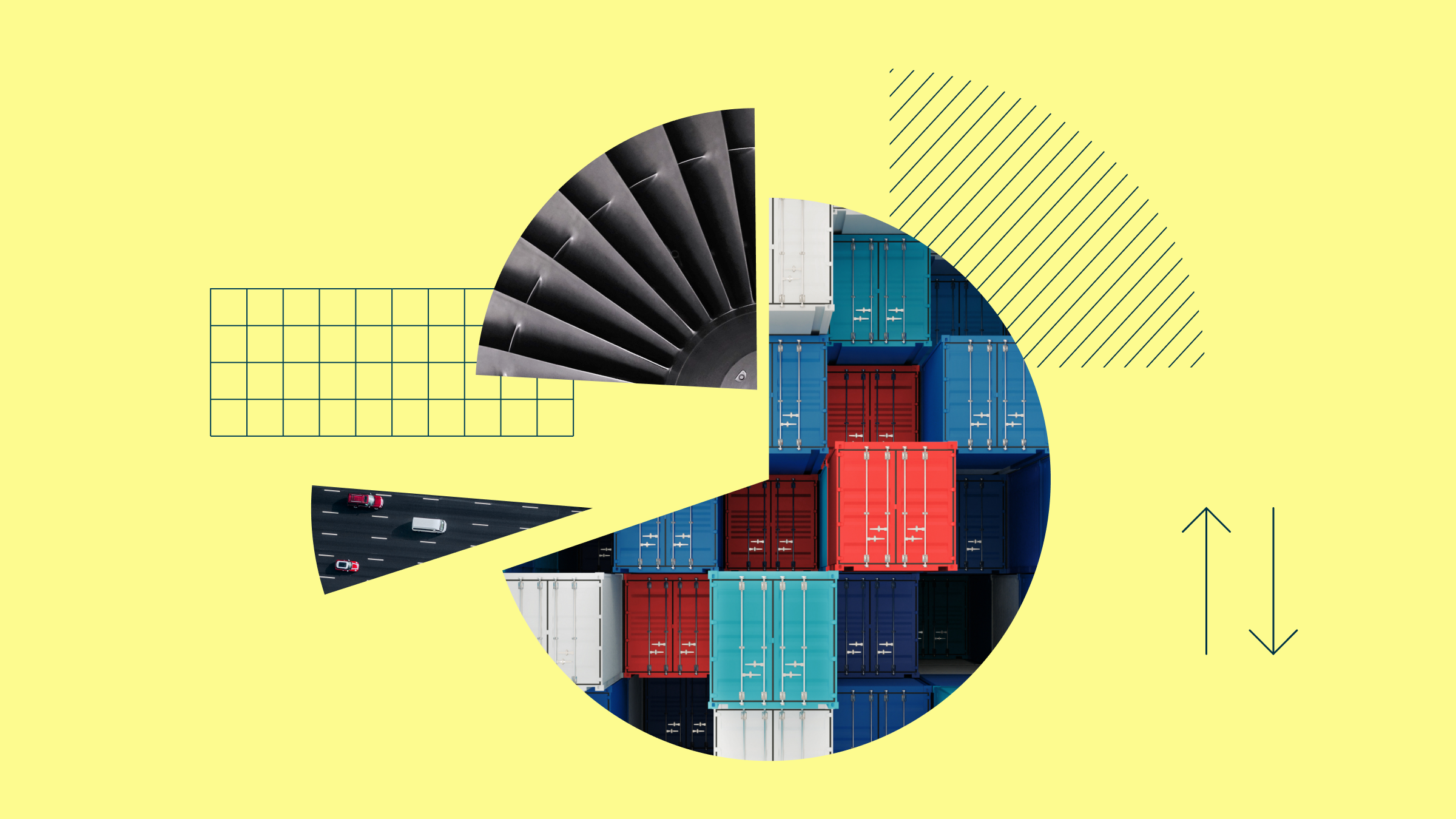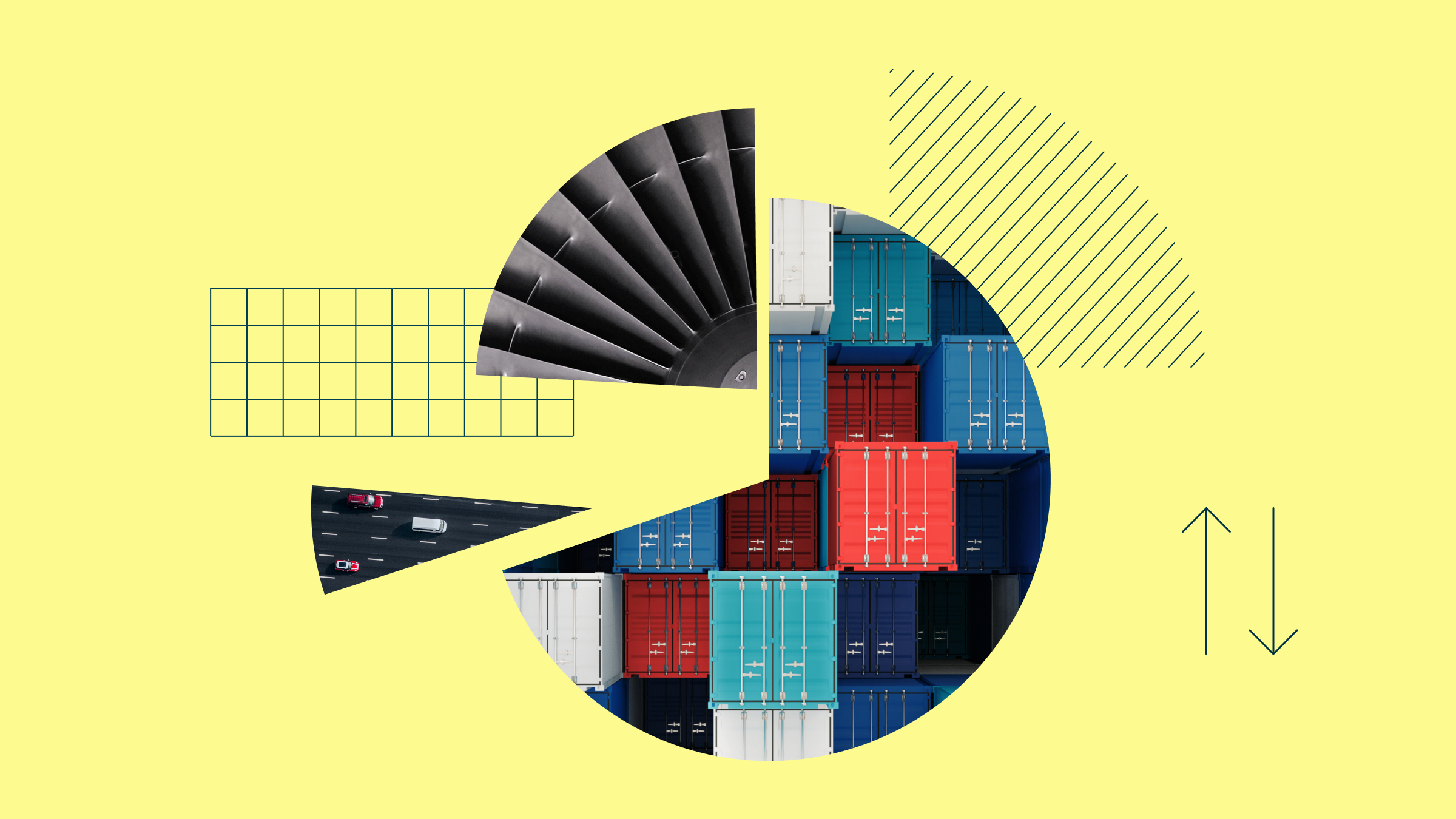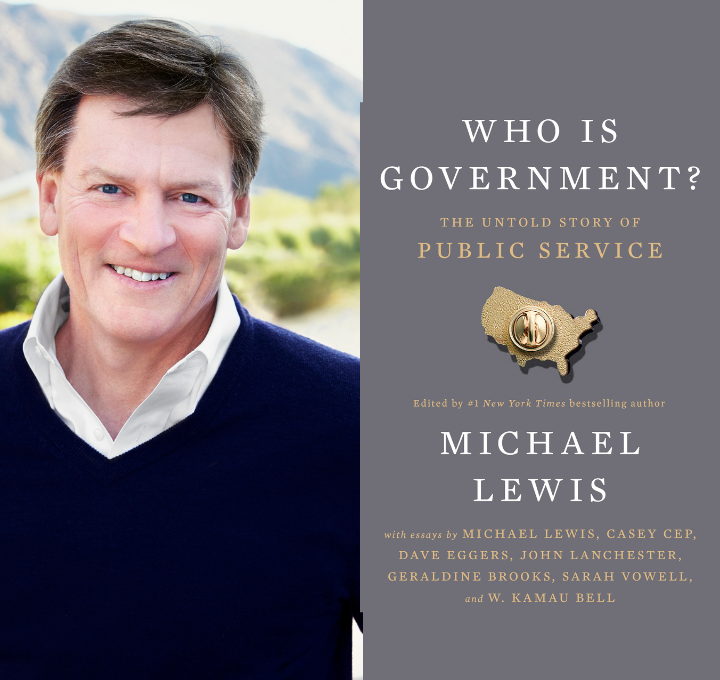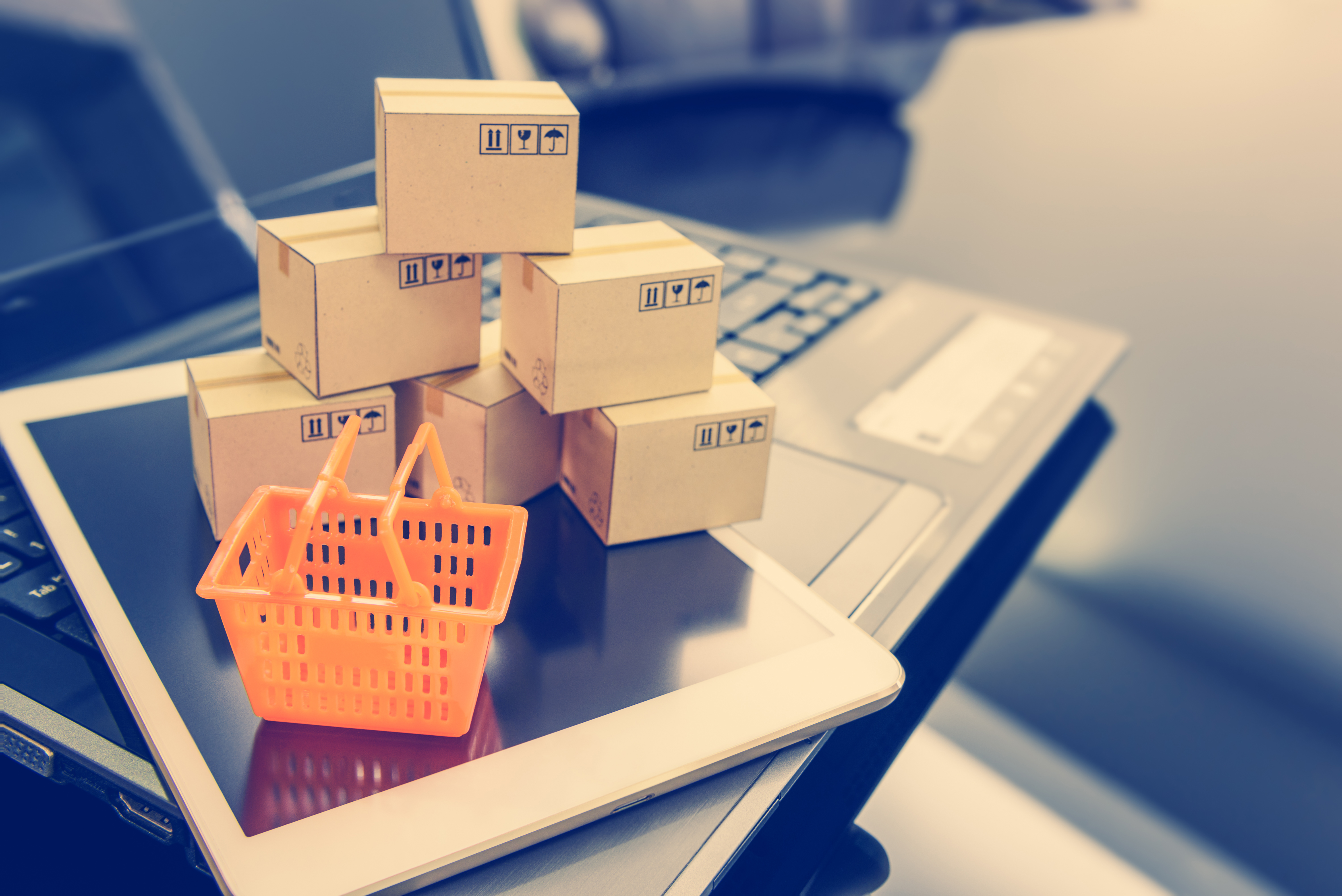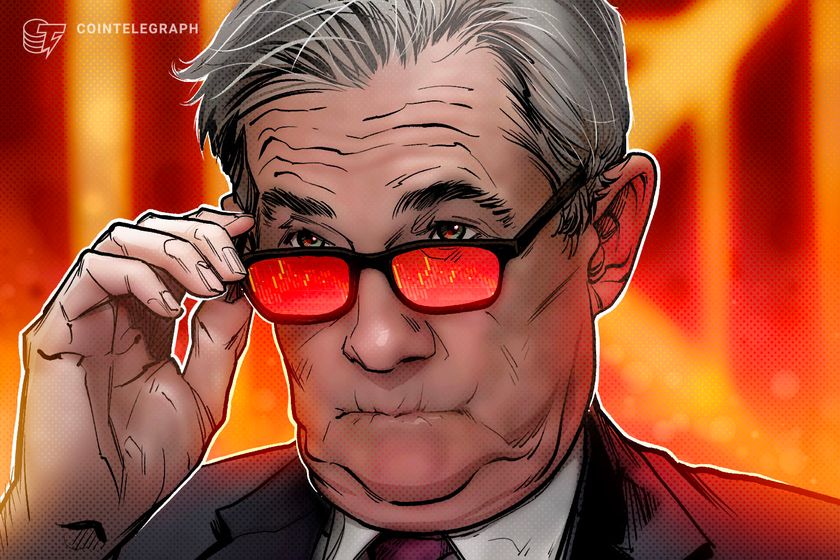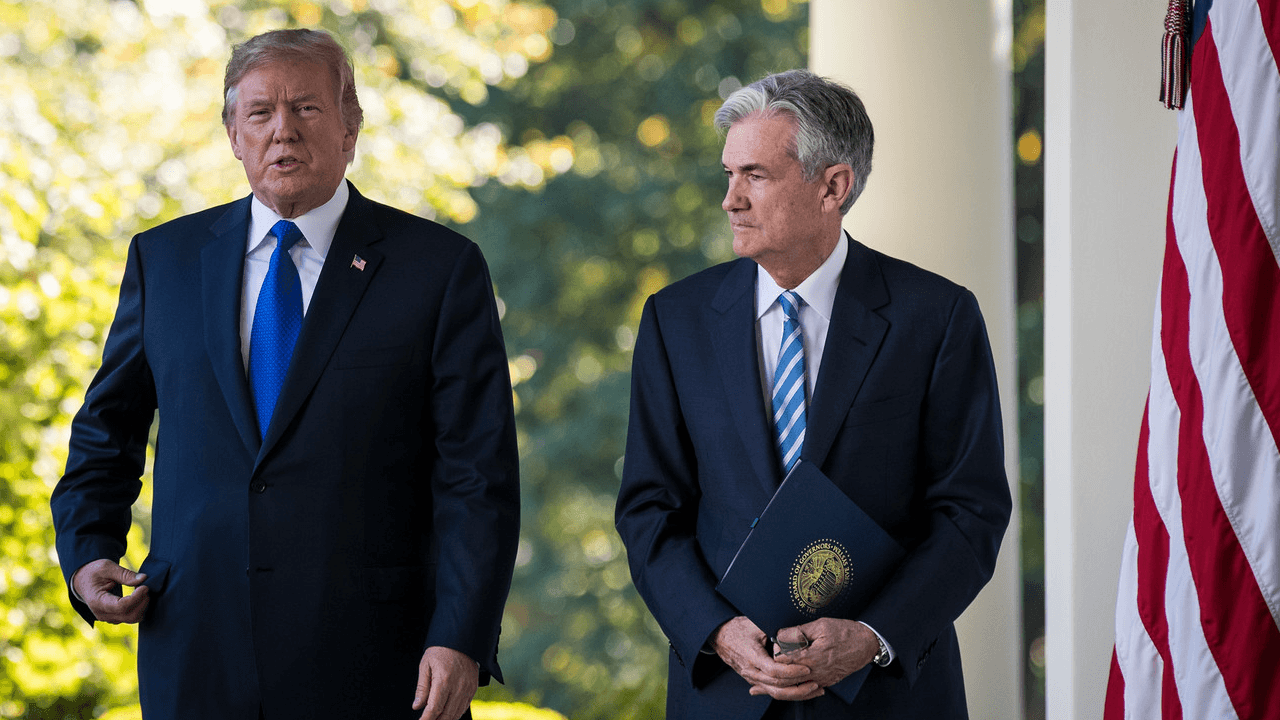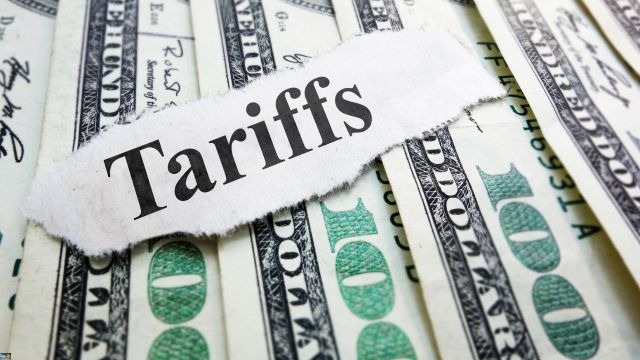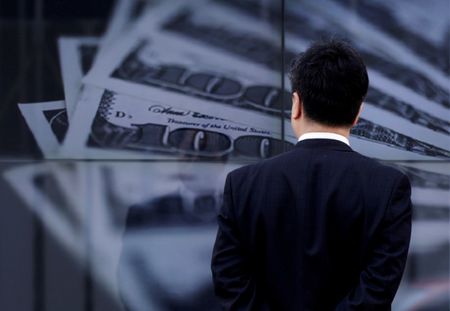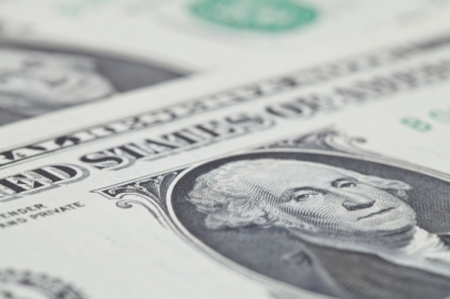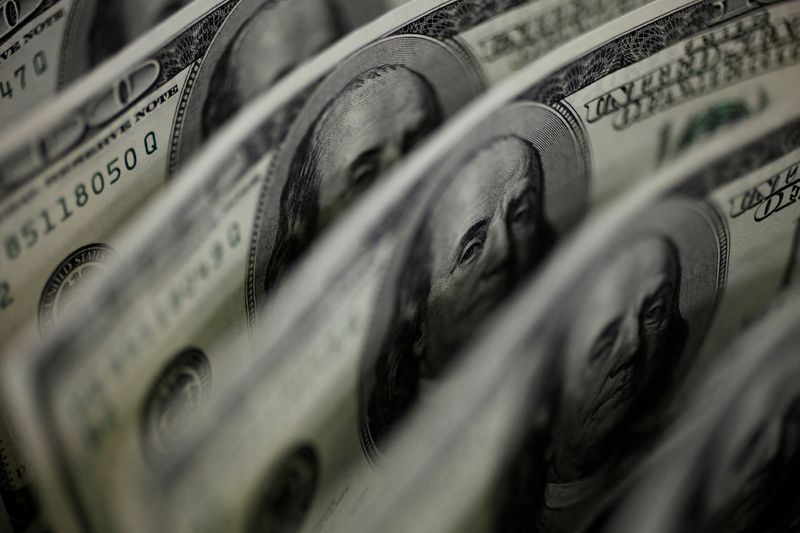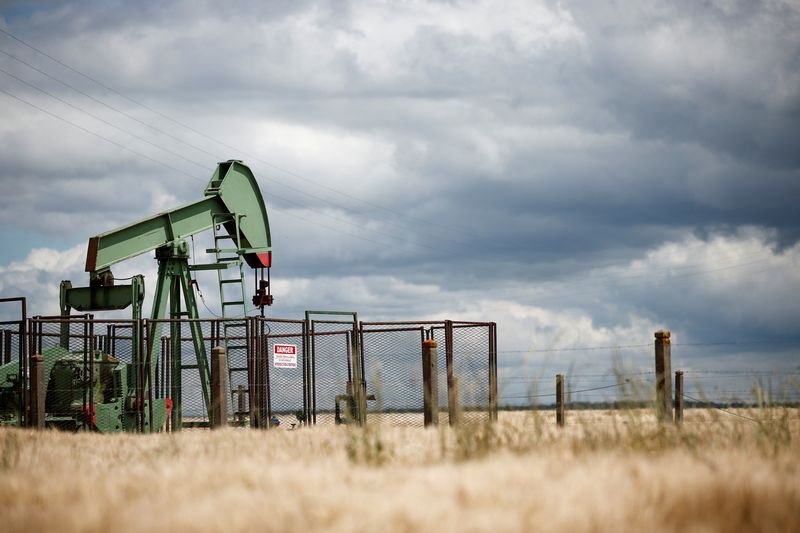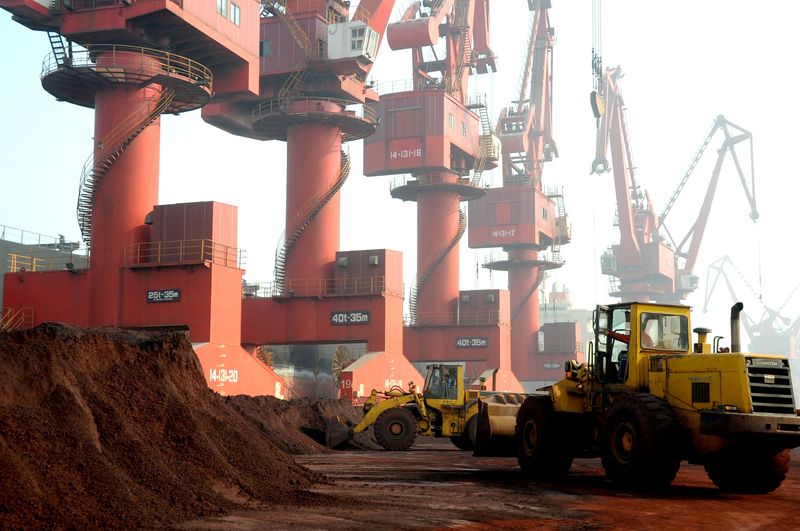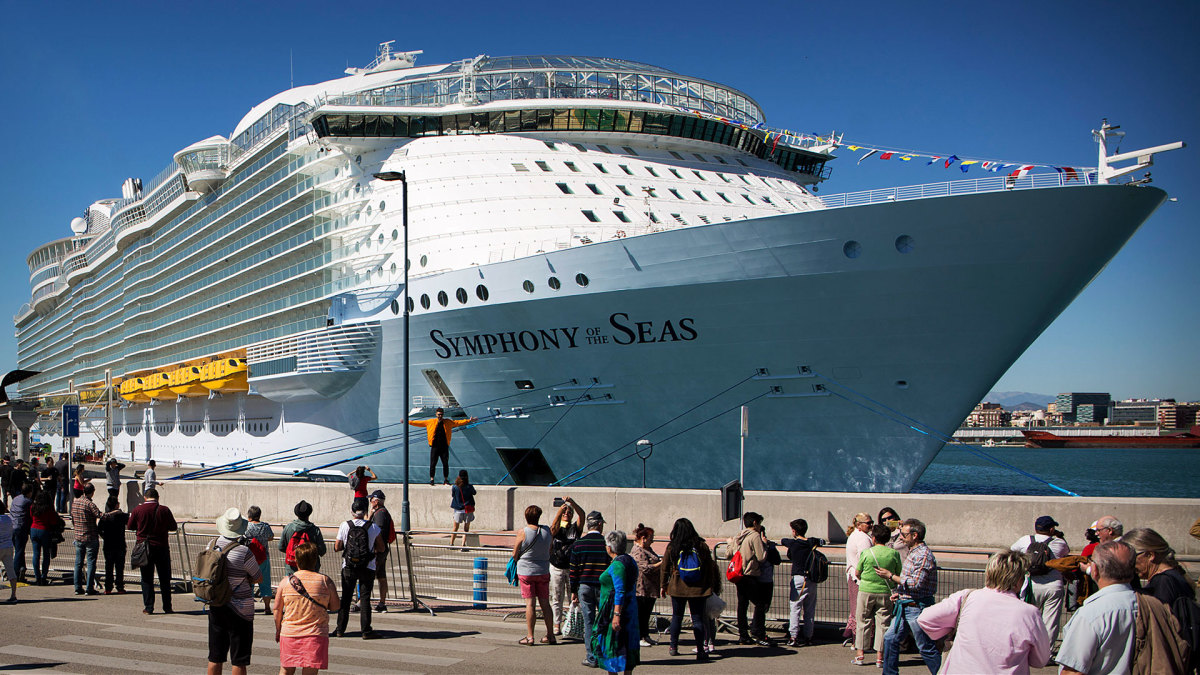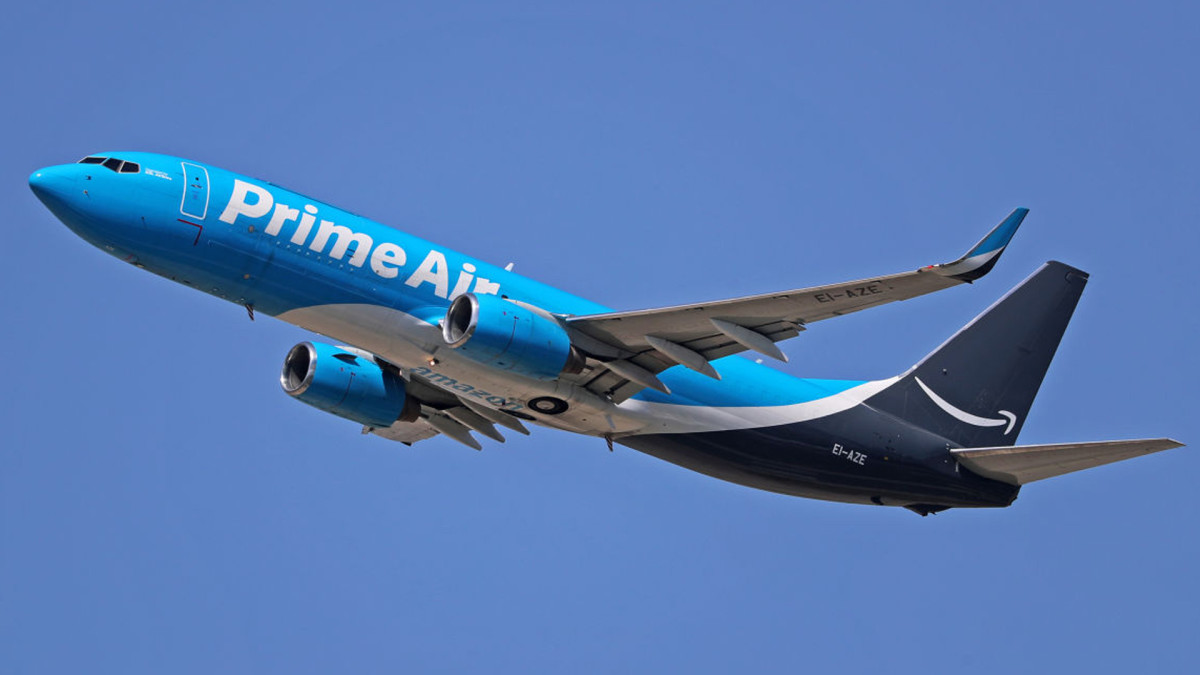Surprising tariff news sends Target, Best Buy reeling
The latest announcement on tariffs took a significant toll on retailers.
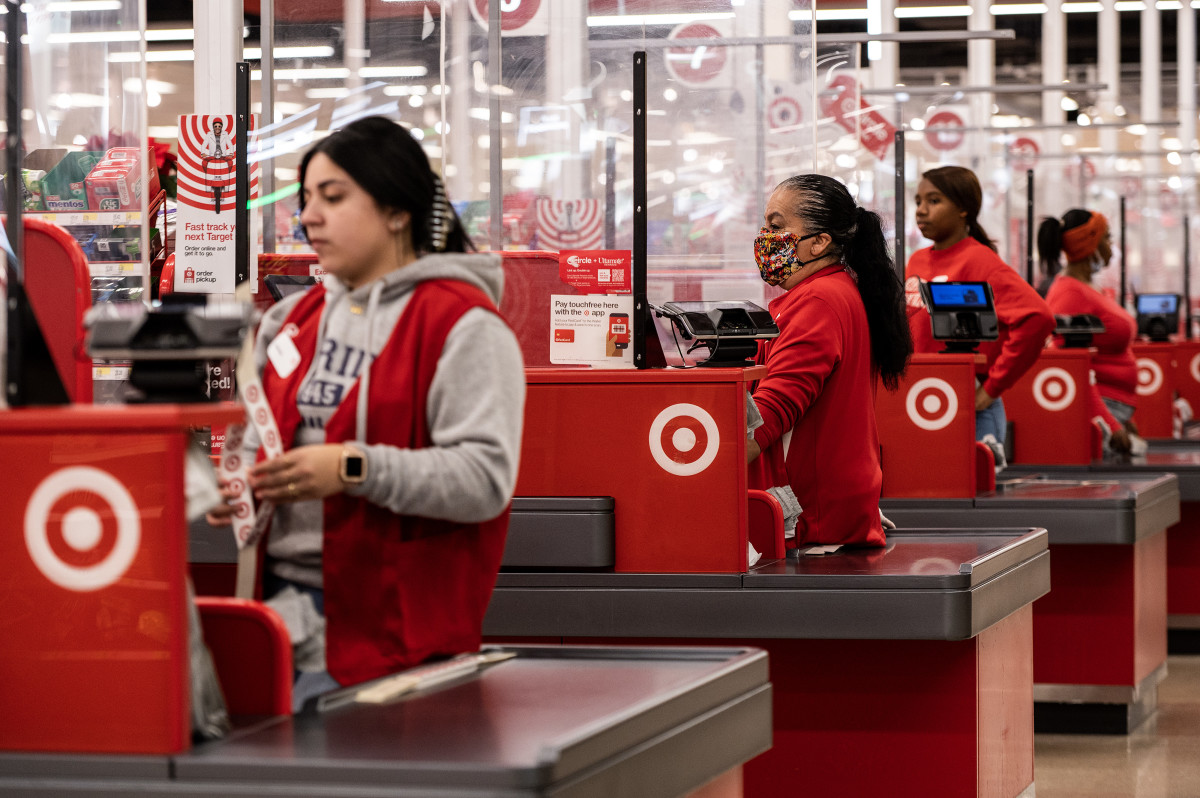
It wasn’t a great day to be in the retail business. And that’s saying something, given how rough it’s been for the industry.
First, brick-and-mortar stores were dealt an existential blow when the Internet launched, ushering in a massive shift toward e-commerce. Then, Covid forced everyone indoors and online, accelerating the adoption of online shopping. And then, inflation hit consumers hard in 2022, crimping budgets and shifting spending toward essentials, putting even more pressure on chains, especially mall stores.
Many retailers have gone into bankruptcy amid the shifts, and many of those that have survived continue to struggle, resulting in widespread closures from even big players like Macy’s and Kohl’s.
Related: Walmart, Kohl's raise alarm bells about a growing threat
Those retail survivors were dealt another big blow on April 2 when President Trump announced reciprocal tariffs on the so-called “Liberation Day.”
The tariffs throw yet another wrench into the retail machine, potentially creating seismic shocks to the supply chain. Unable to fully pass along tariffs to cash-strapped consumers, Wall Street is realizing that tariffs, which are paid by the companies importing goods from overseas, are likely to hit the bottom line of many retailers.
As a result, retailers big and small saw their stocks tumble on April 3, many by startling double-digit percentage losses.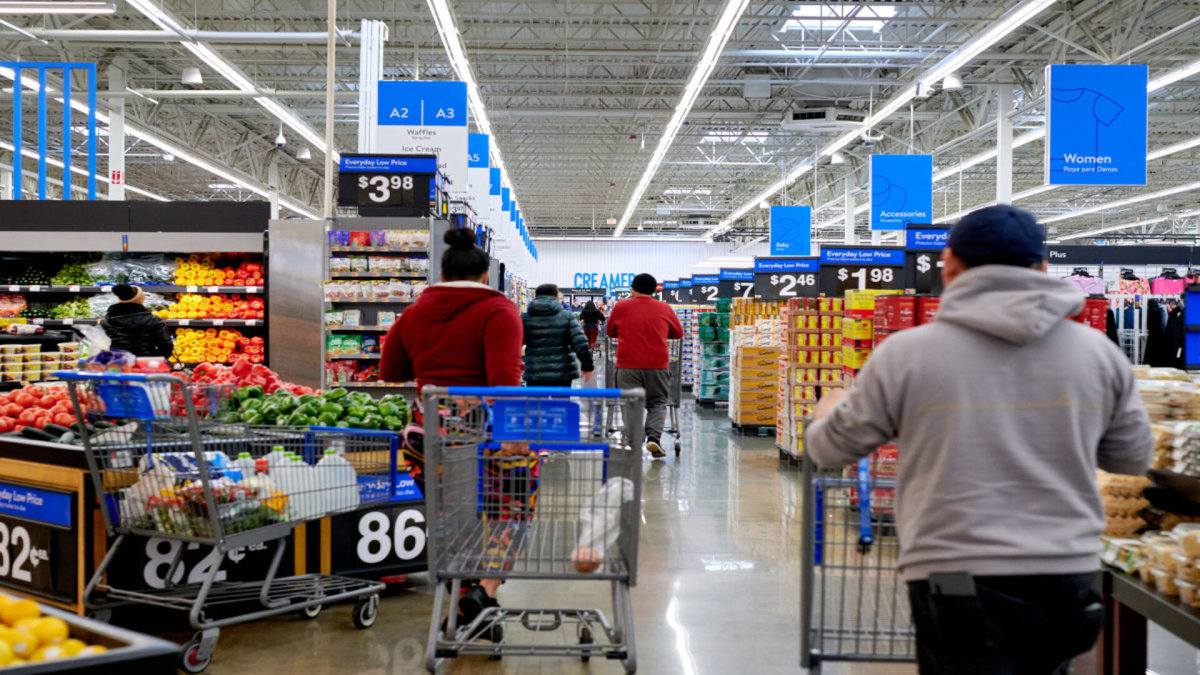
A tariff reckoning for retailers
One way retailers have reinvented themselves in the e-commerce world is by embracing private-label goods often manufactured overseas.
Related: Jim Cramer offers blunt one-word reaction to 20% tariffs
China is a major source of everything from apparel to toys to electronics. Fears of tariff risks to supply chains during Trump’s first Presidency led many to shift some production to other low-cost countries, such as Vietnam, but it turns out those moves offer little insulation from tariffs this time.
In a wide-ranging move, the White House announced it will charge a baseline 10% tariff on most international imports. Tariffs in many countries, however, will be much bigger.
Tariffs on trading partners relied upon by retailers include:
- China: 54%, including an existing 20% tariff and an additional 34% reciprocal tariffs.
- Vietnam: 46%.
- Japan: 24%.
- EU: 20%.
Previously, 25% tariffs had already been announced on Mexico and Canada, two major trading partners, because the 1990s NAFTA agreement had prompted many companies to shift production there.
The new tariffs are likely to be a wake-up call for many. Consumers are already pinching pennies because of sticky inflation, and the unemployment rate has risen to 4.1% from 3.5% in 2023. Over 172,000 people lost their jobs in February, the most for the month since the nation was embroiled in the Great Financial Crisis.
With consumer spending already shifting from higher-margin discretionary items to essentials, many retailers are likely to struggle to pass along the entirety of tariffs.
If they do, they’ll likely see less items moving off their shelves. If they don’t, they’ll have to take a hit on their bottom line, something that wasn’t lost on shareholders.
Among the retail chains getting hit hardest in the stock market on April 3:
- RH (Restoration Hardware): Down 40%.
- Five Below: Down 28%.
- Wayfair: Down 26%.
- The Gap, Inc.: Down 20%.
- Urban Outfitters: Down 18%.
Much of the furniture and items sold at RH and Wayfair (W) are manufactured and shipped from overseas. Apparel retail is also facing a big speedbump, given that much of the clothing is made in China and Vietnam rather than in the United States, where most clothing manufacturers have long ago shut down.
It wasn’t just the smaller retailers that got hit by tariffs, though. Despite having more buying power to renegotiate with suppliers, Kohl’s (KSS) fell 23%. It relies heavily on private-label apparel. Macy’s (M) fell 14% for a similar reason.
"With a negative outlook on its ratings, Kohl's has limited cushion to absorb further margin pressures," said S&P Global last month.
Even big-box retailer Target (TGT) took it on the chin, with its stock price collapsing 11%.
More Retail:
- Walmart CEO sounds alarm on a big problem for customers
- Target makes a change that might scare Walmart, Costco
- Top investor takes firm stance on troubled retail brand
- Walmart and Costco making major change affecting all customers
Target nets less than 25% of sales from groceries and 75% from general merchandise often sourced overseas, making it more insulated than rival Walmart, which gets more sales from groceries.
There are many more examples, given the SPDR S&P Retail ETF fell 8%. Its biggest holdings include auto parts retail giant O’Reilly Automotive. Most auto parts are made in China.
Best Buy (BBY) was also a big loser, with its shares falling 18%.
At Best Buy, roughly "60% of its cost of goods sold originate in China, and the second-largest country of origin is Mexico," according to S&P Global.
In its fourth-quarter conference call, Best Buy CEO Corie Barry painted a blunt picture of what tariffs will likely mean for the company and its customers.
"China and Mexico remain the number one and number two sources for products we sell, respectively," said Barry. "While Best Buy only directly imports 2% to 3% of our overall assortment, we expect our vendors across our entire assortment will pass along some level of tariff costs to retailers, making price increases for American consumers highly likely."
What happens next to retailers may not be pretty without some tariff relief. Many are already on the ropes, and the risk posed by tariffs could accelerate their path to bankruptcy.
Related: Veteran fund manager unveils eye-popping S&P 500 forecast


